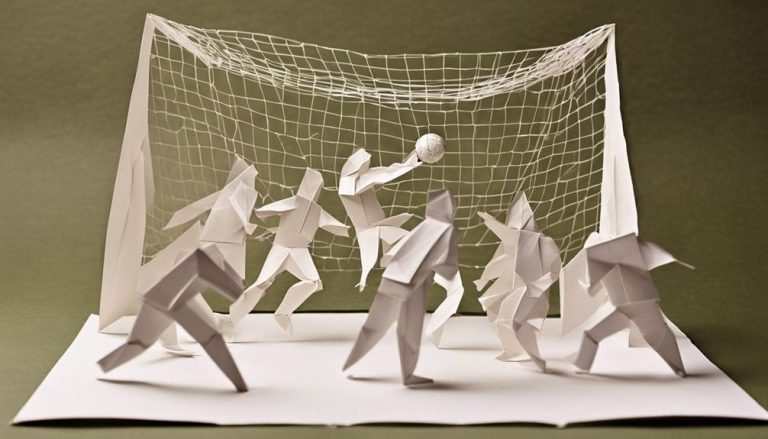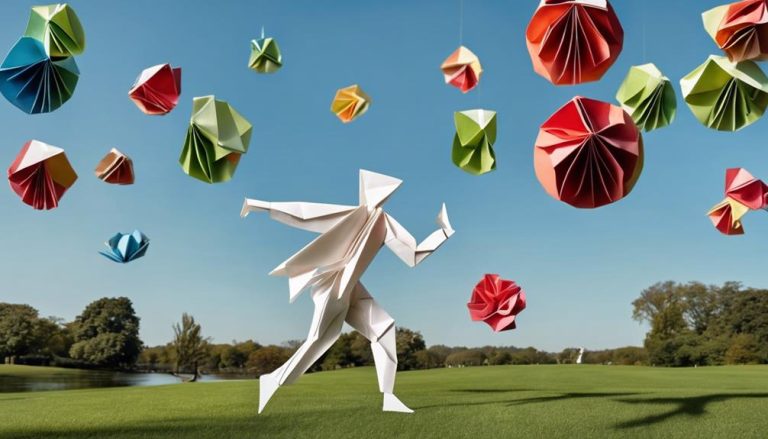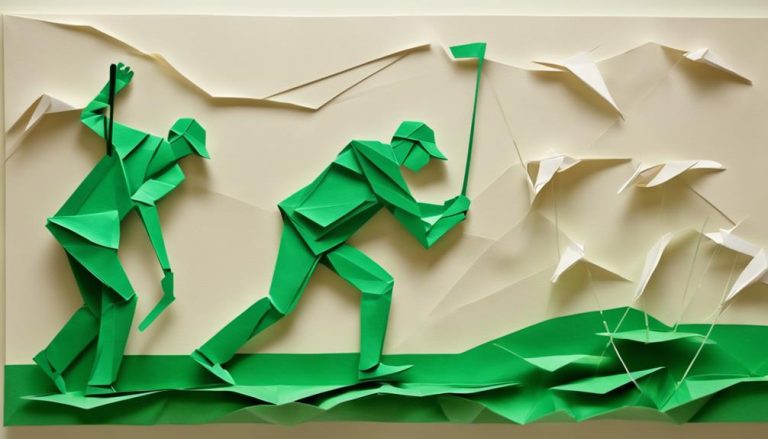General Rules of Polo
As you step onto the pristine polo grounds, the intricate dance of players and ponies awaits. But do you truly understand the nuances that govern this elegant sport? From the strategic maneuvers of team composition to the precision required within field dimensions, there are essential rules that shape the game. Exploring the intricacies of scoring system, fouls, and penalties will unravel the mystery behind the sport of kings. Understanding these fundamental guidelines will not only enhance your appreciation for polo but also elevate your game to a new level of proficiency.
Team Composition
When assembling a team for a polo match, it is important to contemplate the specific roles and skills of each player. Player positions in polo are divided into four main roles: Number One, Number Two, Number Three, and Back. The Number One player is usually the most offensive player, responsible for scoring goals. Number Two is a versatile player, often moving between offense and defense. Number Three is a key player, often the pivot of the team, organizing plays and supporting both offense and defense. The Back, positioned near their own goal, is the last line of defense.
Understanding player positions is essential for effective team composition. Each player contributes uniquely to the team's strategy and overall performance. Substitution rules in polo allow for changes to be made during breaks between chukkers. Teams can substitute players to optimize performance or adapt to the opposing team's strategy. Substitutions must be made quickly and efficiently to avoid penalties or disruptions in play.
In polo, the synergy between players is crucial. Each team member must fulfill their designated role while maintaining cohesion with their teammates. By strategically selecting players for each position and utilizing substitutions effectively, teams can enhance their chances of success on the polo field.
Field Dimensions
To understand the dynamics of a polo match fully, it's important to grasp the dimensions of the field where the game unfolds. A standard polo field is 300 yards long and 160 yards wide, roughly the size of nine football fields. The field is divided into two halves by a center line, with goal posts positioned at each end. Player positions are essential on the field, with each team consisting of four players designated by their positions – Number 1, the most forward offensive player, Number 2, versatile in offense and defense, Number 3, a key midfielder responsible for shifts, and Number 4, the defensive player positioned closest to the goal.
The size of the ball used in polo is also significant. A standard polo ball is about 3 inches in diameter, slightly larger than a baseball. The ball is made of high-impact plastic to withstand the fast-paced nature of the game. Its size allows for easy visibility on the field while still requiring skill and precision to hit accurately.
Understanding the field dimensions and the elements within it, such as player positions and the ball size, is essential for players to strategize effectively during a polo match. With this knowledge, players can navigate the field with purpose and precision, contributing to the exhilarating and dynamic nature of the sport.
Game Duration
The duration of a polo match typically lasts around two hours, divided into timed periods known as chukkas. Each chukka is approximately seven minutes long, with breaks in between to allow players to rest and change ponies. Here's what you can expect during a polo match:
- Fast-Paced Action: The game is intense and fast-paced, with players constantly moving to control the ball and score points.
- Thrilling Chukkas: Each chukka brings excitement as teams aim to outmaneuver each other and secure goals.
- Strategic Timeouts: Teams can strategize during timeouts, adjusting their gameplay to gain an advantage.
- Half Time Break: At halftime, there is a break where players can regroup, hydrate, and discuss tactics before heading back into the game.
Should the match end in a tie, additional periods called overtimes are played to determine the winner. Overtime rules vary but typically involve sudden-death play, where the first team to score wins. The thrill of overtime adds an extra layer of excitement to an already exhilarating sport.
Understanding the game duration and structure of a polo match can enhance your enjoyment of this dynamic and strategic sport. So, sit back, relax, and immerse yourself in the thrilling world of polo!
Scoring System
In understanding the sport of polo, grasping the scoring system is important for appreciating the strategic maneuvers and competitive dynamics of the game. In polo, scoring is achieved by hitting the ball between the goalposts. Each successful shot results in one point being added to the team's score. The player positions on the field play an essential role in executing successful scoring plays. For example, forwards are typically responsible for attacking and scoring goals, utilizing their speed and accuracy to maneuver the ball towards the opponent's goalposts. On the other hand, defenders focus on intercepting the opposing team's advances and protecting their own goal, preventing scoring opportunities.
Game strategies in polo often revolve around creating openings for scoring. Teams must work together to move the ball strategically down the field, taking advantage of openings in the opponent's defense to secure scoring opportunities. Communication and coordination between players are key in executing these strategies effectively. Understanding player positions and their roles in scoring can have a significant impact on a team's performance. By utilizing a combination of offensive and defensive strategies, teams can maximize their scoring potential and ultimately secure victory on the polo field.
Fouls and Penalties
Exploring the fast-paced game of polo involves being aware of the various fouls and penalties that can impact gameplay and player strategies. Understanding the types of fouls and how penalty enforcement works is vital for players to navigate the game effectively.
- Types of fouls:
- Hooking: Using your mallet to block an opponent's shot.
- Riding off: Physically pushing an opponent off their line to the ball.
- Dangerous riding: Engaging in reckless or dangerous riding behavior.
- Crossing the line of the ball: Cutting off the right of way of the player with the ball.
When a foul occurs, the umpires have the authority to enforce penalties to maintain fair play. Penalty shots are awarded based on the severity of the foul and can range from a free hit to a penalty goal, depending on the situation. Understanding how fouls can impact the flow of the game and the strategic advantage of the opposing team is essential for players to adapt their gameplay accordingly.
Frequently Asked Questions
What Is the Origin of the Sport of Polo and How Has It Evolved Over Time?
Ever wonder about the fascinating journey of polo? This sport's history traces back centuries, evolving from ancient battles to today's elegant matches. Polo's development showcases a timeless blend of tradition and skill.
Are There Any Specific Strategies or Tactics That Players Often Employ During a Polo Match?
During a polo match, players often employ defensive maneuvers to protect their goal and offensive plays to score. Team coordination and individual skills are key in executing strategies like positioning, passing, and communication on the field.
How Are Polo Horses Trained and What Qualities Are Important for a Successful Polo Pony?
To train polo horses effectively, focus on key traits like agility and speed. Use various conditioning techniques, proper grooming, and a balanced diet. Regular equipment maintenance is essential. Communication with players is critical for match preparation.
Are There Any Famous Polo Tournaments or Events That Attract Top Players From Around the World?
When it comes to polo culture and international competitions, you must know about the prestigious events that draw top players worldwide. These tournaments, like the Gold Cup or Argentine Open, showcase the best of the sport.
How Does the Weather or Playing Surface Conditions Affect Gameplay in a Polo Match?
When weather or field conditions shift, your gameplay adapts. Adjust strategies based on the surface and adapt player techniques. Train for all scenarios to excel in any environment and stay agile on the field.






